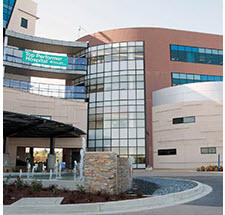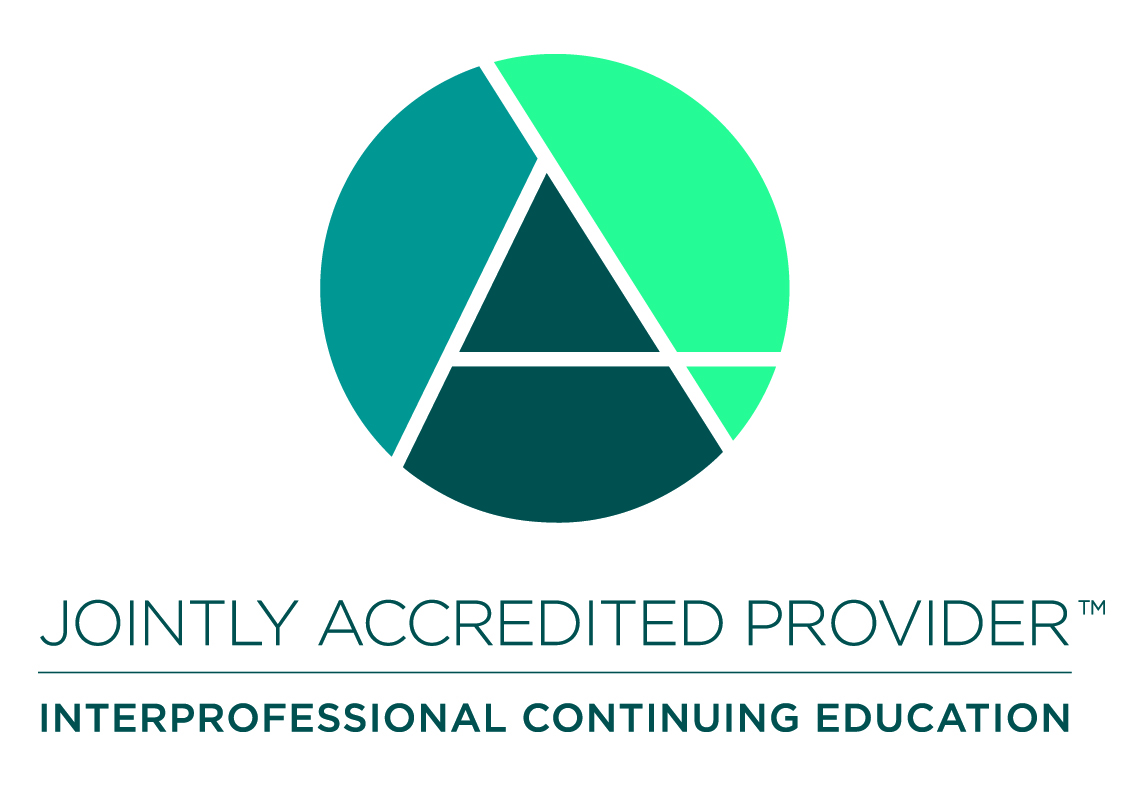
0763_EMC_2025 Stroke Symposium_Live
Description:
This comprehensive stroke care conference offers an evidence-based update on current practices across the continuum of stroke management. Topics include pharmacologic approaches to aneurysmal subarachnoid hemorrhage, emergent and post-acute interventions for ischemic stroke, nutritional strategies to support recovery, and best practices in the management of hemorrhagic stroke. Participants will enhance their clinical competencies through focused sessions on medication protocols, acute care pathways, nutrition assessment, and multidisciplinary treatment planning. By the end of the program, attendees will be equipped to apply advanced strategies that improve patient outcomes in both acute and rehabilitative stroke care settings.
Assembly Bills 1195 & 241- Culturally Appropriate Care which is Free of Implicit Biases:
Learners are strongly encouraged to engage in self-directed learning related to the impact of implicit biases in this clinical area via the references provided below:
Social Determinants of Health References:
- Wang, A., Kho, A.N., & French, D.D. (2020, January). Association of the Robert Wood Johnson Foundations’ social determinants of health and Medicare hospitalisations for ischaemic strokes: A cross-sectional data analysis. Open Heart, 7(1), e001189. https://doi.org/10.1136/openhrt-2019-001189
- Khan, S.U., Acquah, I., Javed, Z., Valero-Elizondo, J., Yahya, T., Blankstein, R., Virani, S.S., Blaha, M.J., Hyder, A.A., Dubey, P., Vahidy, F.S., Cainzos-Achirica, M., & Nasir, K. (2022, February). Social Determinants of Health Among Non-Elderly Adults With Stroke in the United States. Mayo Clinic proceedings, 97(2), 238-249. https://doi.org/10.1016/j.mayocp.2021.08.024
- Trifan, G., Gallo, L.C., Lamar, M., Garcia-Bedoya, O., Perreira, K.M., Pirzada, A., Talavera, G.A., Smoller, S.W., Isasi, C.R., Cai, J., Daviglus, M.L., & Testai, F.D. (2023, September). Association of Unfavorable Social Determinants of Health With Stroke/Transient Ischemic Attack and Vascular Risk Factors in Hispanic/Latino Adults: Results From Hispanic Community Health Study/Study of Latinos. Journal of stroke, 25(3), 361-370. https://doi.org/10.5853/jos.2023.00626
Implicit Bias:
- Bhat, A., Mahajan, V., & Wolfe, N. (2021, March). Implicit bias in stroke care: A recurring old problem in the rising incidence of young stroke. Journal of clinical neuroscience : Official journal of the Neurosurgical Society of Australasia, 85, 27-35. https://doi.org/10.1016/j.jocn.2020.12.017
- Steinberg, A., Lyden, P.D., & Davis, A.P. (2022, June). Bias in Stroke Evaluation: Rethinking the Cookie Theft Picture. Stroke, 53(6), 2123-2125. https://doi.org/10.1161/STROKEAHA.121.038515
Target Audience
Nurse Practitioner (NP)
Nurse, Registered (RN)
Pharmacists (PharmD)
Physicians (MD or DO)
Physician Assistant (PA)
Other Healthcare Professionals
Physical Therapist
Learning Objectives
Upon completion of this learning activity, participants should be able to:
• Understand the anatomical structures and pathophysiology relevant to acute ischemic stroke, including vascular territories and mechanisms of stroke such as artery-to-artery embolism and hypoperfusion.
• Analyze the indications, benefits, and limitations of emergent treatment options—IV tPA, endovascular therapy, and hemicraniectomy—based on patient presentation, imaging findings, and time from symptom onset.
• Evaluate post-intervention management strategies in the ICU, including blood pressure control, anticoagulation protocols, and criteria for surgical intervention, to optimize patient outcomes and minimize complications. • Describe how dietitians assess nutrition risk and status in stroke patients.
• Identify evidence-based nutrition interventions that promote stroke recovery
• Understand the dietitian’s role in stroke recovery.
• Describe the pathophysiology, epidemiology, and clinical presentation of intracerebral and subarachnoid hemorrhage, including key risk factors and diagnostic criteria.
• Apply standardized scoring systems (e.g., Glasgow Coma Scale, ICH Score, FUNC Score, SAH grading scales) to assess stroke severity and predict patient outcomes in case scenarios.
• Evaluate acute management strategies, including medical, surgical, and emergent interventions, for patients with hemorrhagic stroke, and formulate evidence-based treatment plans that address complications and prognostic factors.
2025 Stroke Symposium Agenda
8:00 – Emergent Treatment Options & Medical Treatment by Dr. Peter Adamczyk
9:00 – Hemorrhagic Stroke by Caleb Cooper
10:30 – 15-minute break
10:45 - Current Medications to Treat the Stroke Patient: Aneurysmal Subarachnoid Hemorrhage (aSAH) by Kiran Kaur
11:45 – Lunch
12:15 – "Care of the Stroke Patient: Vital Role of the Rehab Disciplines" by Shannon Bergeland
1:15 - “Nutrition’s Role In Stroke Recovery” by Emily Liang

Disclosure of Financial or In-Kind Commercial Support & Conflict of Interest
No one involved in the planning or presentation of this educational activity have any relevant financial relationship(s) to disclose with ineligible companies whose primary business is producing, marketing, selling, re-selling, or distributing healthcare products used by or on patients. No financial or in-kind commercial support was received to produce or promote this educational activity.
– Provider Designee/Verification: Fozia Ferozali, Ed.D
Peter Adamczyk
Shannon Bergeland
Kirandeep Kaur
Emily Liang
Christopher Martinez, Pharm.D., BCCCP, RPH
Leslie Ramos, OTR/L
Mallory Turnbull, M.A Speech Language Pathology
Accreditation

In support of improving patient care, Sutter Health, is jointly accredited by the Accreditation Council for Continuing Medical Education (ACCME), the Accreditation Council for Pharmacy Education (ACPE), the American Nurses Credentialing Center (ANCC), and the Association of Social Work Boards (ASWB) to provide continuing education for the healthcare team.
Credit Designation Statement
Sutter Health designates this LIVE activity for a maximum of 5.50 AMA PRA Category 1 Credits™ for physicians, 5.50 continuing professional development contact hours for nurses, 5.50 knowledge-based contact hours for pharmacists, 5.50 ABA MOC credits, 5.50 PTBC continuing competency credits for physical therapists. Learners should claim only the credit commensurate with the extent of their participation in the activity.
Note to Other Disciplines: Non-Physician Participation Credit (AKA - AMA PRA Category 1 Credits HOURS™) Continuing Medical Education is acceptable for meeting the continuing education requirements for Pharmacists, Physician Assistants, Psychologists, Registered Nurses, and Respiratory Care Practitioners. For other disciplines, please check with the regulatory board for your discipline to confirm what type of credits meet the continuing education requirements. Continuing education hours for nurses accredited by ANCC, via Joint Accreditation.
Available Credit
- 5.50 ACPE
Pharmacy Credit - Accreditation Council of Pharmacy Education (ACPE)
Sutter Health designates this Live activity for a maximum of 5.50 of ACPE credit(s). Credits for pharmacists and technicians will be transmitted to CPE Monitor and will be available within 60 days post-activity pending submission of individual NABP e-PID and DOB (mm/dd only). Pharmacists should claim only the credit commensurate with the extent of their participation in the activity.
- 5.50 AMA PRA Category 1 Credit™
Physician Credit
Sutter Health designates this Live activity for a maximum of 5.50 AMA PRA Category 1 Credit™ for physicians. Physicians should claim only the credit commensurate with the extent of their participation in the activity.
- 5.50 Non-Physician Participation Credit
Sutter Health designates this Live activity for a maximum of 5.50 Non-Physician Participation Credit. Non-Physicians should claim only the credit commensurate with the extent of their participation in the activity.
AMA PRA Category 1 Credits HOURS™ Continuing Medical Education is acceptable for meeting the continuing education requirements for Pharmacists, Physician Assistants, Psychologists, Registered Nurses, and Respiratory Care Practitioners. For other disciplines, please check with the regulatory board for your discipline to confirm what type of credits meet the continuing education requirements. Continuing education hours for nurses accredited by ANCC, via Joint Accreditation.
- 5.50 ANCC
Nursing Credit - American Nurses Credentialing Center (ANCC)
Sutter Health designates this Live activity for a maximum of 5.50 ANCC contact hour(s). Nurses should claim only the credit commensurate with the extent of their participation in the activity.
- 5.50 CA BRN
Nursing Credit - California Board of Registered Nursing (CA BRN)
This activity is approved for 5.50 contact hour(s) by Sutter Health, which is an approved provider by the California Board of Registered Nursing. (Provider Number 17182). Nurses should claim only the credit commensurate with the extent of their participation in the activity. - 5.50 IPCE
This activity was planned by and for the healthcare team, and learners will receive 5.50 Interprofessional Continuing Education (IPCE) credit for learning and change.
- 5.50 PTBC
Physical Therapy Board of California
Sutter Health designates this Live activity for a maximum of 5.50 PTBC credit(s). Physical therapists should claim only the credit commensurate with the extent of their participation in the activity.

 Facebook
Facebook X
X LinkedIn
LinkedIn Forward
Forward